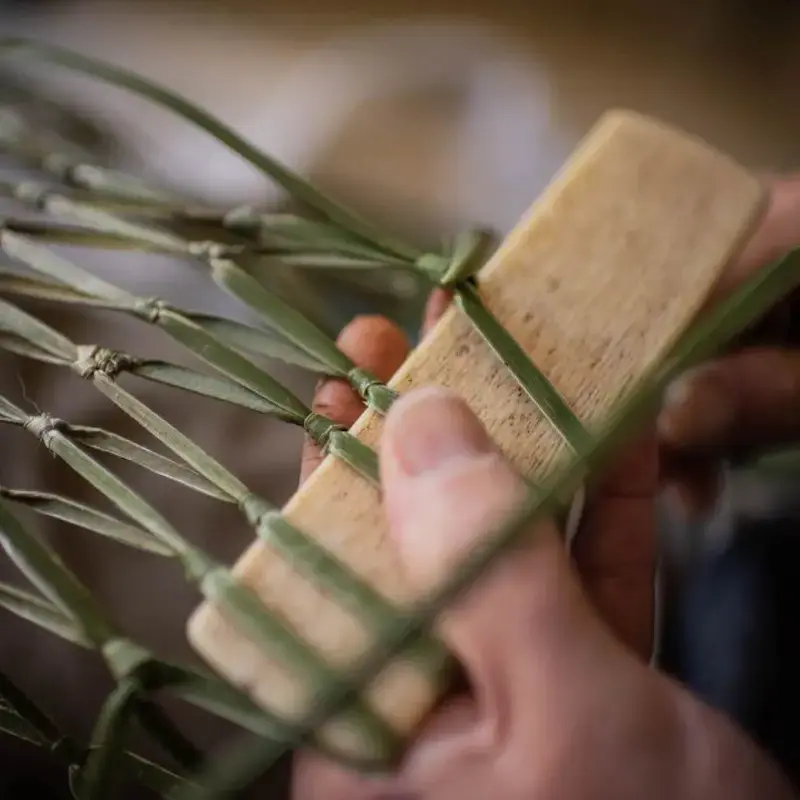
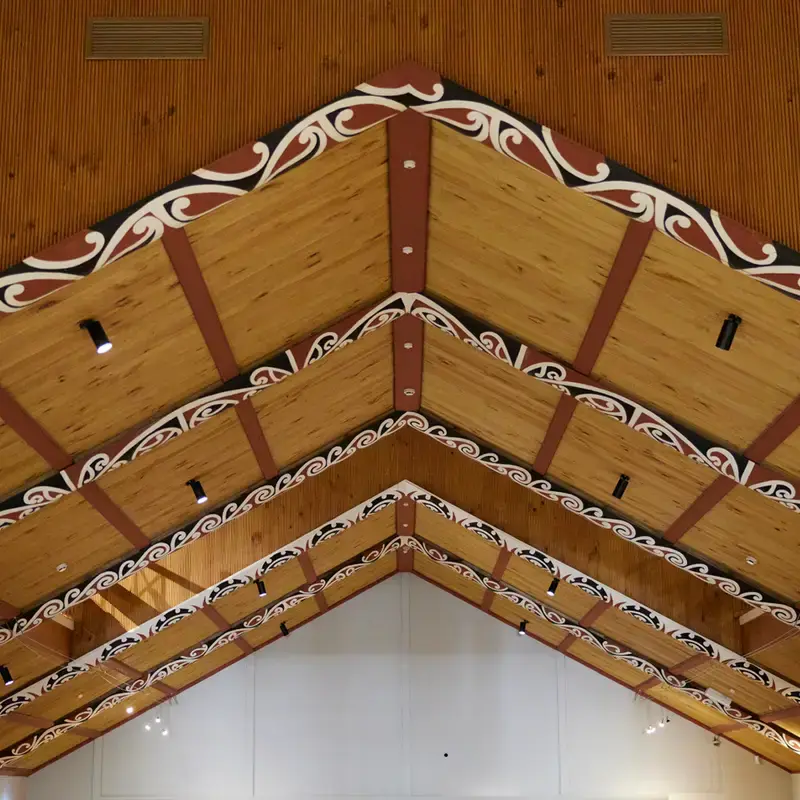


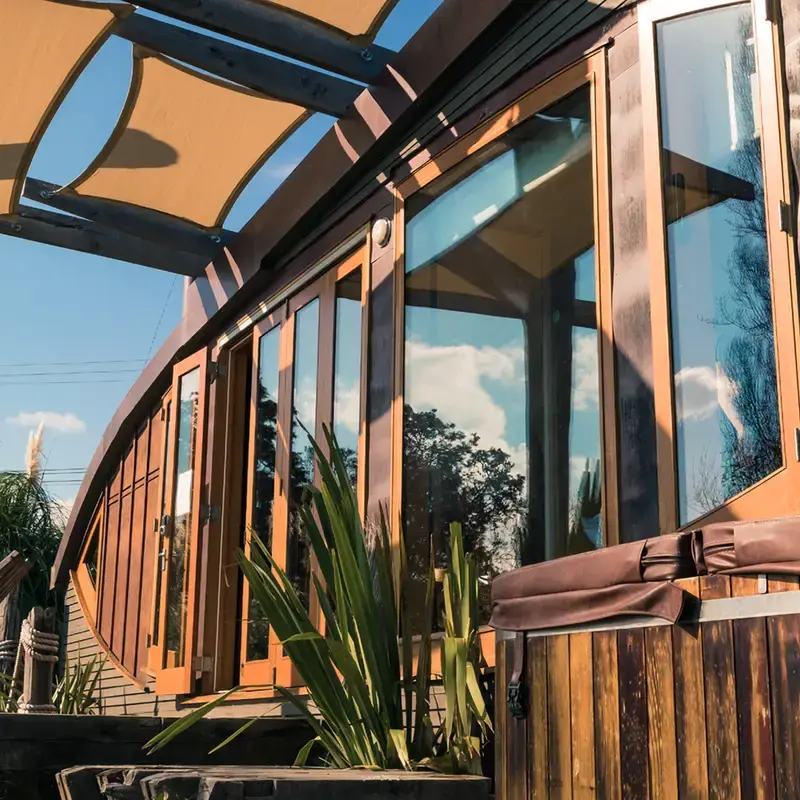
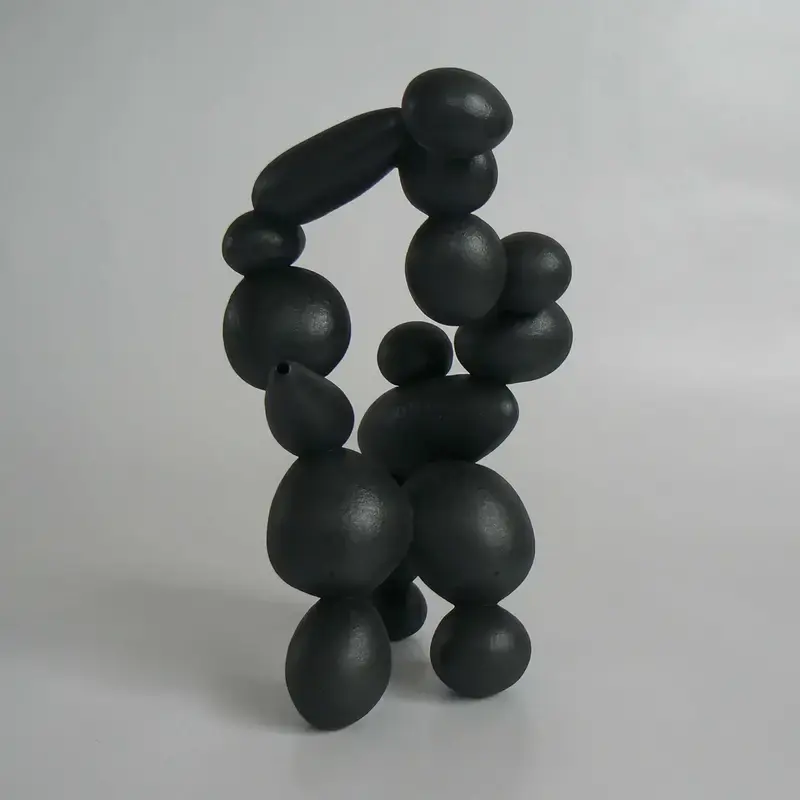
In 2021, Whanganui was announced as New Zealand’s only UNESCO City of Design, one of 49 such cities worldwide, in recognition of our exceptional creativity, innovative spirit, cultural integrity and strength of artistic tradition.
Whanganui’s City of Design status is not only a recognition of our creative heritage, it also reflects the unique significance of our indigenous cultural identity and the direction our city is taking.
Just like our river, which sustains and shapes us, design shapes our contemporary city.
Design is diverse – it covers not only our creative industries but our industrial and manufacturing sectors. It reflects our historical contribution and commitment to creativity, from Māori designers’ artistry and innovation alongside the awa for more than 800 years, to the visionary architects who created the city’s beautiful landmark buildings.
Kete aronui
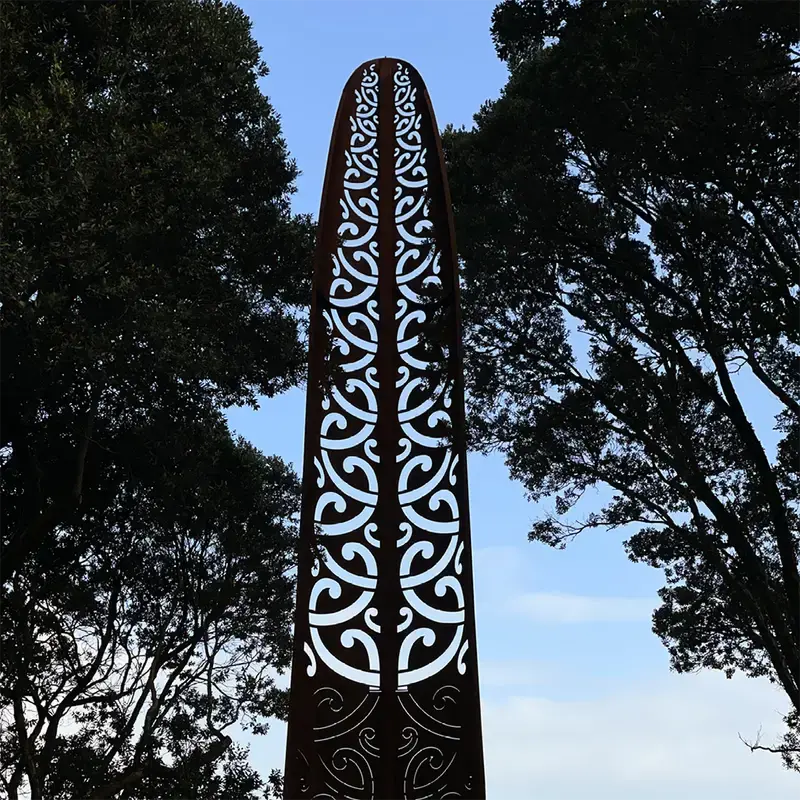
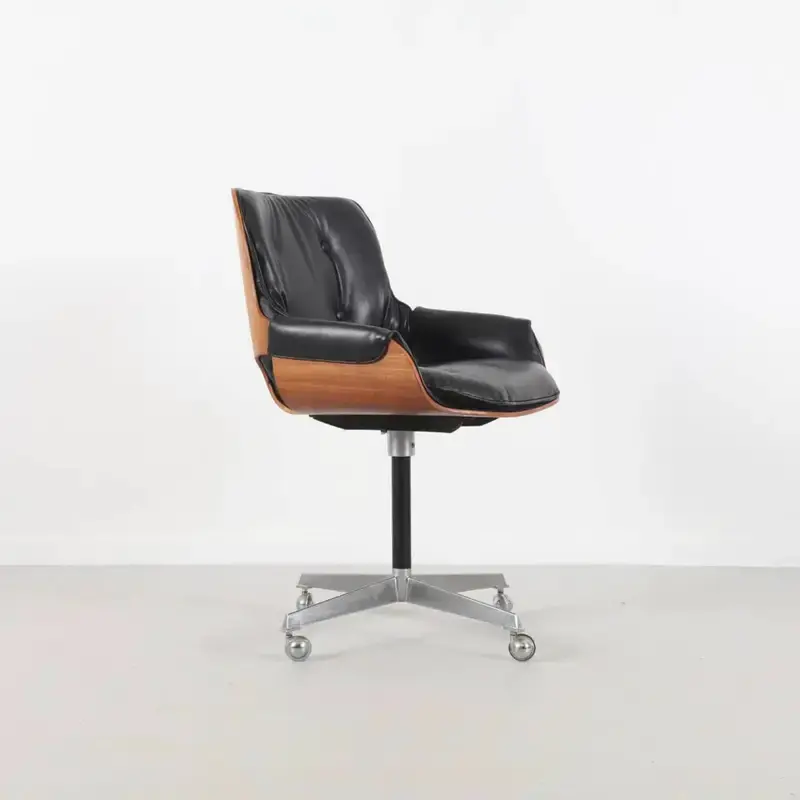
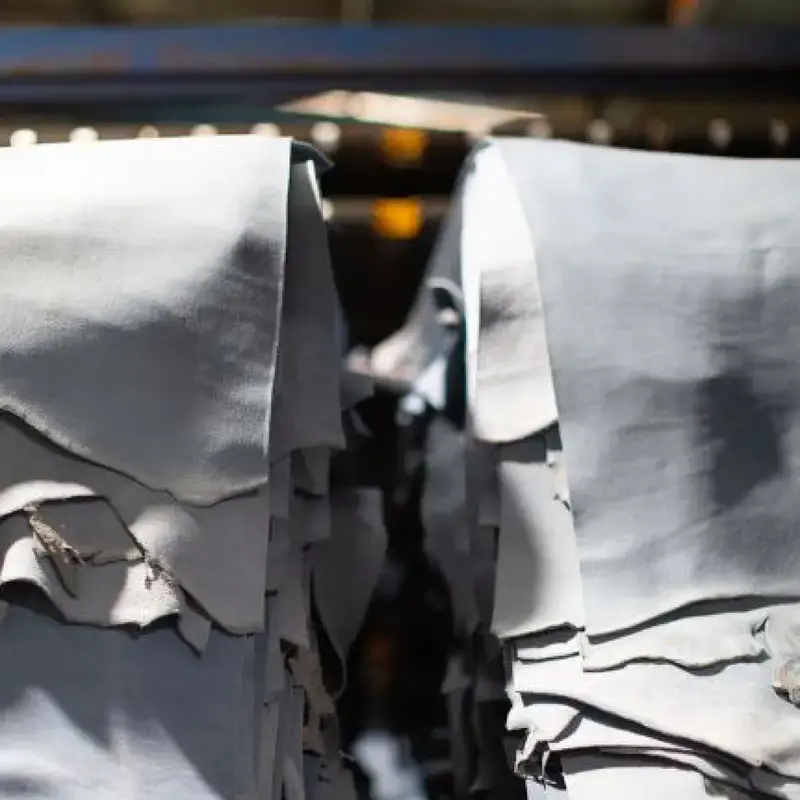

Design innovation spans Whanganui Iwi remarkable history of engineering, including the unique construction of pā auroa — a style of pā tuna (eel weir) designed to withstand the challenges of strong waters and driftwood.
The contribution of Māori creatives is significant and contemporary Māori designers continue to share and evolve a unique visual language for this place.
Being part of the UNESCO Creative Cities Network now means we can share our design with the world, celebrate the indigenous design of our peers, and grow stronger in our processes.
Modern heritage
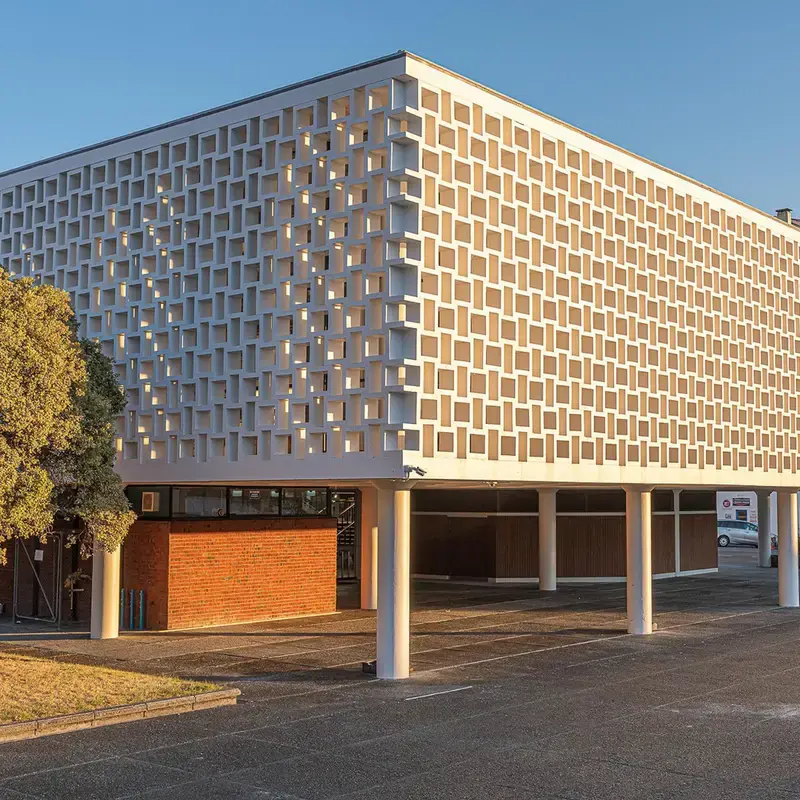

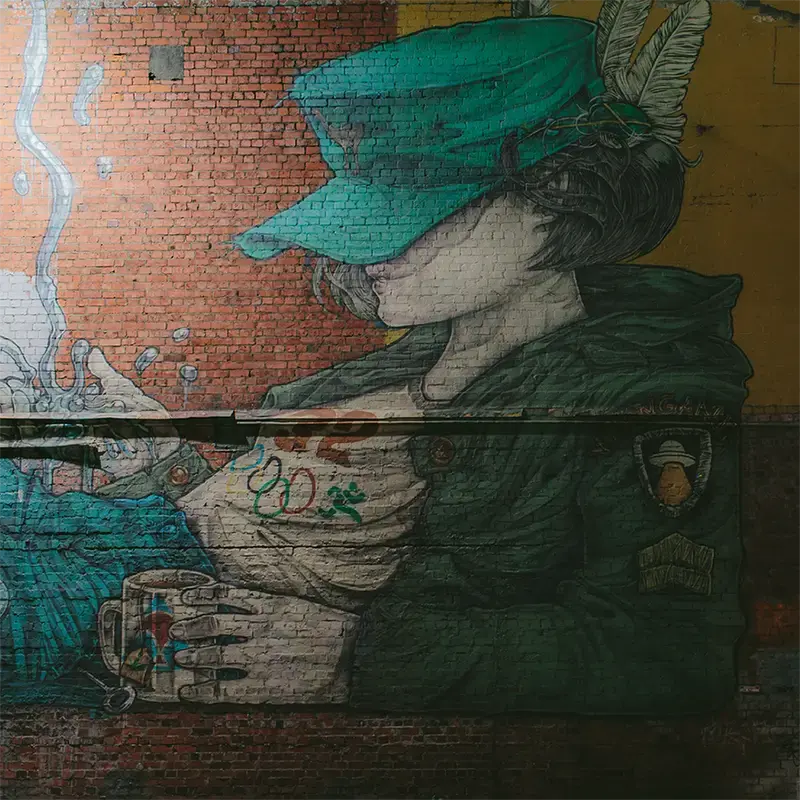
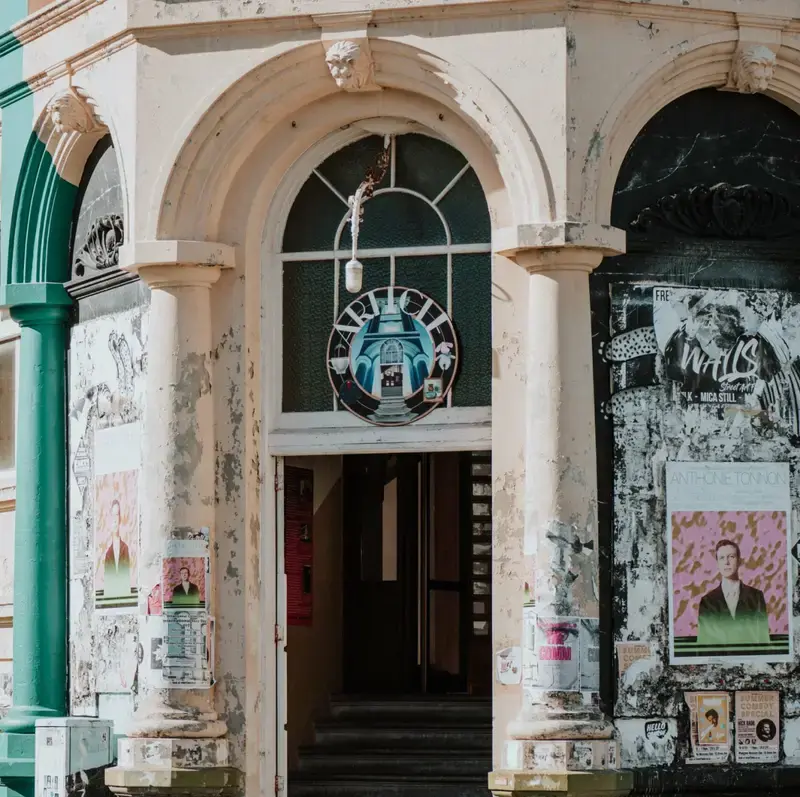
In 1840, Europeans arrived and the city developed rapidly. The scale and design of civic infrastructure like the Royal Whanganui Opera House, Cooks Gardens, Whanganui Regional Museum and Te Whare o Rehua Sarjeant Gallery are testaments to the ambition of the new city.
By the end of the nineteenth century Whanganui had emerged a national leader in the arts and crafts movement and in 1920 Samuel Hurst Seager designed an innovative garden suburb at Durie Hill.
During the mid twentieth century the city came to prominence as a hotbed of modernist architecture, from the iconic Whanganui War Memorial Centre to the groundbreaking urban development of the Turere Place precinct.
Contemporary culture

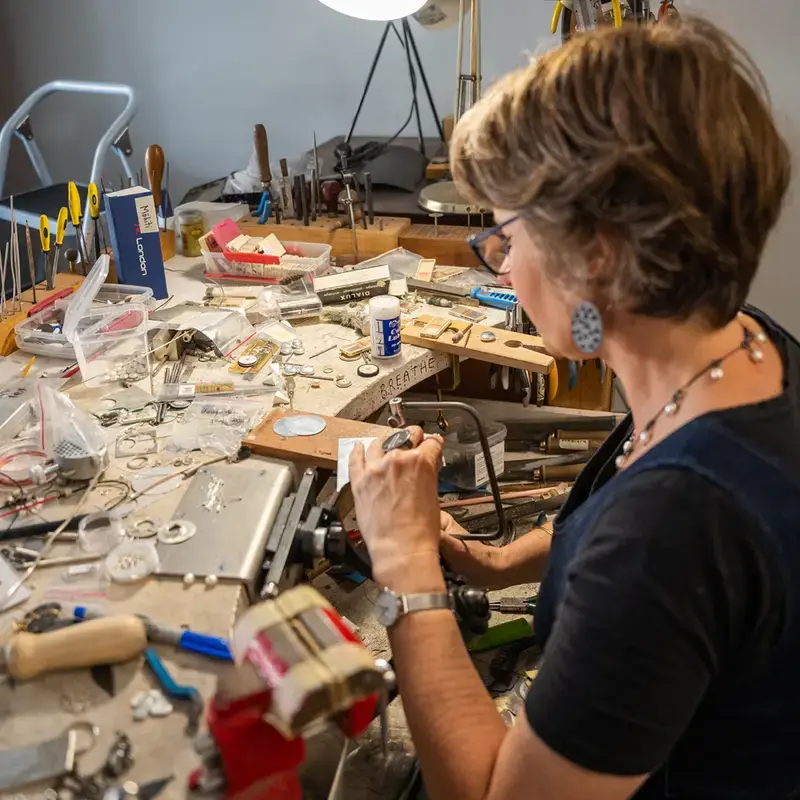
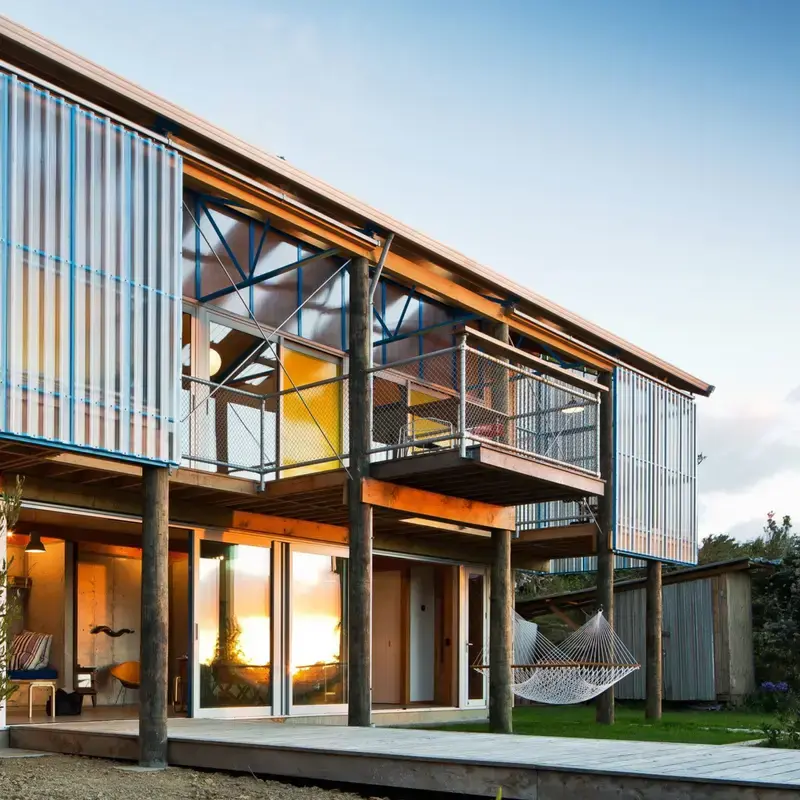
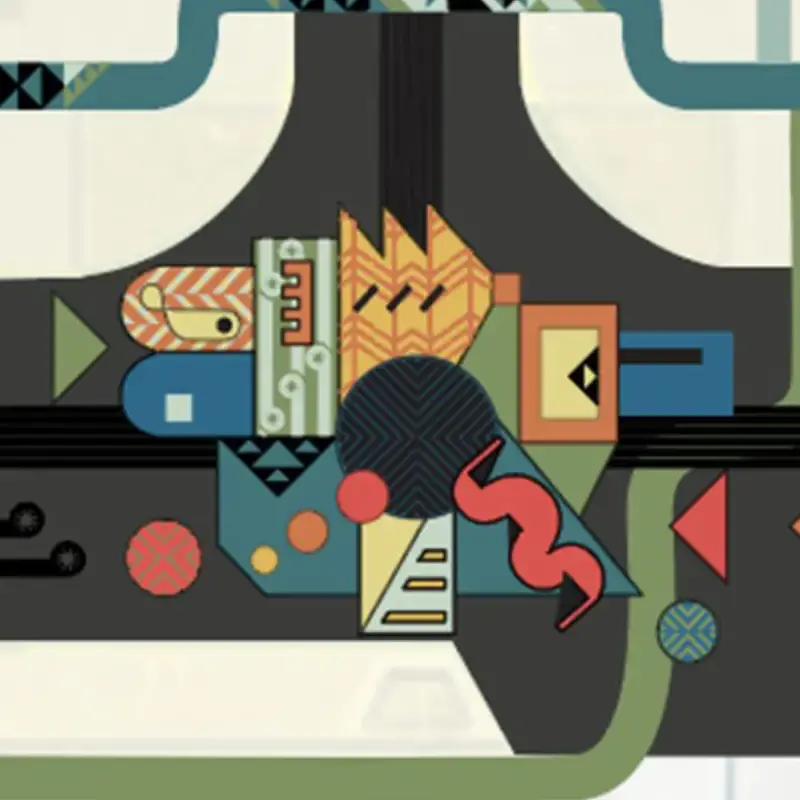
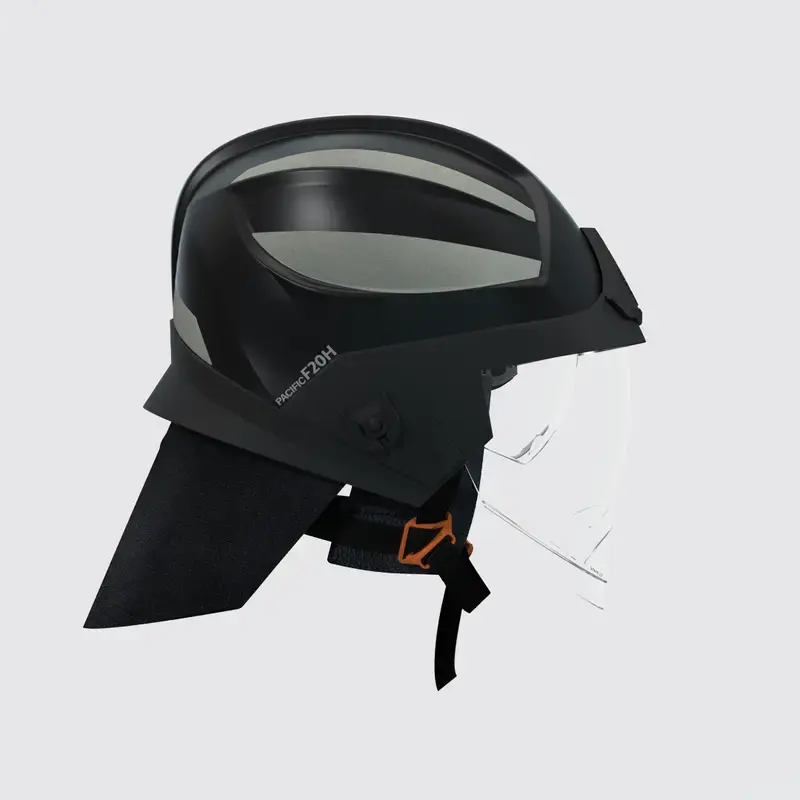
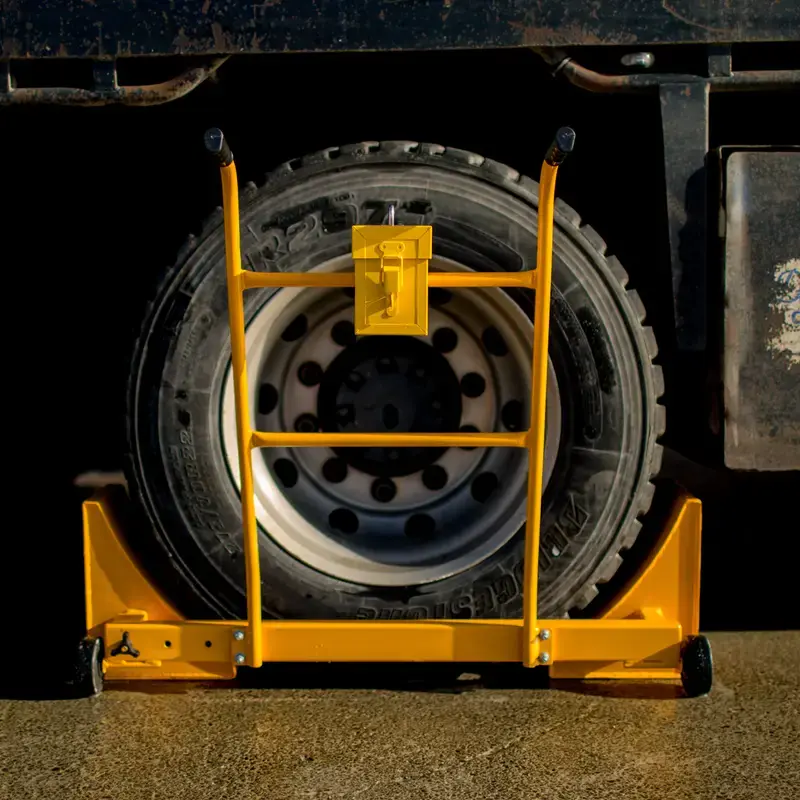
Just as the river courses through its heart, Whanganui’s creative history and contemporary design bring life to the city and its inhabitants, and are accessible to explore every day.
Design is diverse – it covers not only our creative industries but also our industrial and manufacturing sectors, which are world leaders in their innovative and creative contributions.
Whanganui embraces co-design, learning as a city to work with iwi to achieve the objectives of Tupua te Kawa, the values of the Te Awa Tupua legislation which awards our river legal personhood and protects it for generations to come.
Whanganui offers the opportunity to experience creativity first-hand. We are home to New Zealand Glassworks – Te Whare Tūhua o Te Ao, the national centre for art glass, where visitors can watch contemporary glass being created and participate in its creation themselves. Quartz, Museum of Studio Ceramics is the national centre for ceramics with a nationally significant collection.
Whanganui’s Te Whare o Rehua Sarjeant Gallery opens in November 2024. The stunning new $70m gallery spans more than 4,5000 sqm and is part of the wider renewal of Pukenamu Queen’s Park. Also at Pukenamu, the Whanganui Regional Museum holds the most important collection of taonga outside of Auckland Museum and Te Papa, and one of the leading Lindauer collections in the world.
Creative future
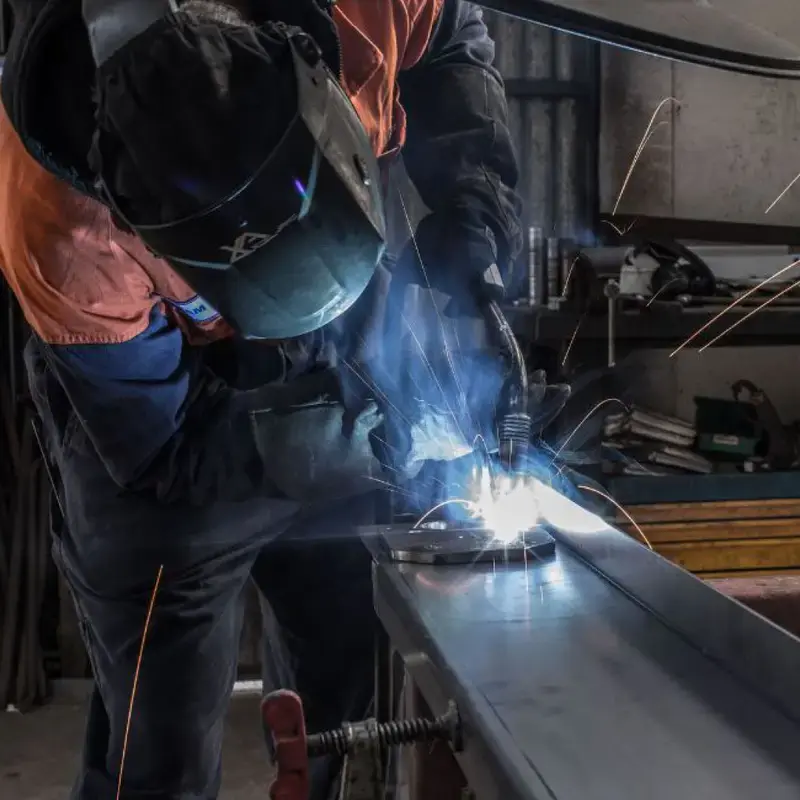
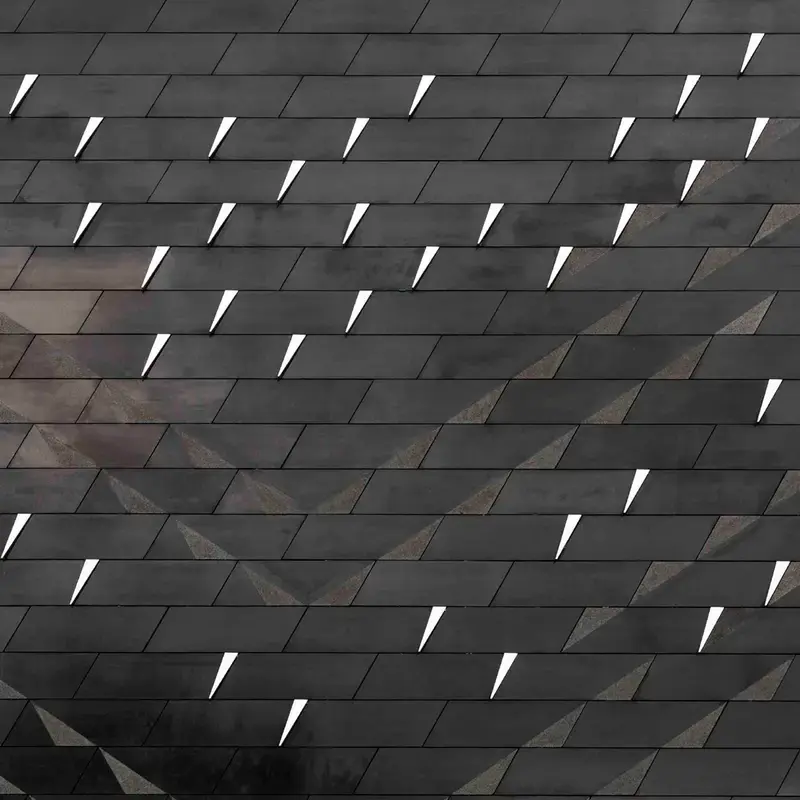

Major civic developments and smaller commercial and community-led initiatives champion a design-led approach. The rebuilding and extension of the Te Whare o Rehua Sarjeant Gallery is an anchor project for arts tourism, demonstrating a commitment to creativity unrivaled in regional Aotearoa.
Being New Zealand’s City of Design places Whanganui in an important position of leadership, and ensures collaboration and education remain paramount in our creative direction. Heritage buildings and urban spaces are being preserved and reactivated. The cityscape features extraordinary heritage beauty restored into contemporary spaces.
Whanganui’s local communities and visitors engage in creativity through festivals and events such as the Whanganui Walls street art festival; Lights on Bikes, a family-friendly parade of the city’s growing sustainable transport fleet, and Artists Open Studios, the largest and longest running arts trail event in New Zealand.
Whanganui’s strength of design is based on a solid foundation of education providers, including the UCOL Whanganui School of Creative Industries which is the direct inheritor of a tradition of overlapping art and design teaching which stretches back to the founding of the Wanganui Technical College in 1892.
Our City of Design Ambassadors:
Cecelia Kumeroa, Te Rūnanga o Tūpoho
Dr Rāwiri Tinirau, Te Rūnanga o Tamaūpoko
Dr Bronwyn Labrum, Whanganui Regional Museum
MIchael Eden, Ambassador for manufacturing
Sarah O’Hagan, Whanganui District Council
Jonathan Sykes, Whanganui District Council
What is a UNESCO City of Design?
The UNESCO Creative Cities Network was formed in 2004 to recognise cities for historical and contemporary contributions to design internationally.
Selection as a City of Design is in recognition of a city’s commitments to placing culture and creativity at the heart of its development and to sharing knowledge and good practices.
Whanganui is New Zealand’s only City of Design and joins 49 Cities of Design worldwide including Berlin, Helsinki, Seoul and Turin.
UNESCO stands for United Nations Educational, Scientific and Cultural Organization.
Our Tohu
The Whanganui UNESCO City of Design tohu has been created as a badge of origin and authenticity. Our tohu symbolises design that has been shaped by the Awa.
The four principles below set the expectations Whanganui & Partners has for businesses adopting the tohu; who can use it and how to use it. By downloading and using the tohu you agree to these principles.
- I am a business, organisation or sole trader based in the Whanganui River region
- My product has been designed in the Whanganui River region
- My product seeks to make a positive contribution to our community
- My business is committed to sustainable development
There are specific products not eligible to use the tohu. These include any products for vaping, smoking, gambling and alcohol. The decision to exclude these products comes from consultation with iwi partners and reflect the commitment we have to uphold our local values.
We record your email address to confirm you have accepted the tohu principles and downloaded the tohu. By submitting you email address, you consent to occasional updates from Whanganui City of Design. Your details will not be shared with any third parties.

Making hīnaki nets by Matthew McIntrye Wilson. 2018
Image courtesy of the artist

Ceiling of Te Atihaunui-a-Paparangi, Māori Court at the Whanganui Regional Museum

Glass artist Katie Brown

Iona Tiny House, designed by Elinor Harvey McDouall, Drawing Room Architecture and Interiors

Teapot, Rick Rudd, 2004
Collection of Quartz, Museum of Studio Ceramics

Waka Maumahara mo Pura McGregor, sculpture by Cecelia Kumeroa at Virginia Lake, 2020

Whanganui architect Michael Payne’s foray into furniture design led to the creation of one of New Zealand’s most notable and celebrated chairs for the 1970 Design Exhibition in Osaka Expo
Image courtesy of Mr Bigglesworthy

Detail of leathers at Tasman Leathers of New Zealand

Making hīnaki nets by Matthew McIntrye Wilson. 2018
Image courtesy of the artist

Whanganui War Memorial Centre. 1955 – 1960
Designed by architects Newman, Smith & Greenhough

Whanganui Departmental Building. 1979
By the Ministry of Works & Development, under Graydon Miskimmin, government architect

Untitled street mural by Elliot Frances Stewart, 2019

Article café at the old Chronicle building, designed by T.H. Battle, constructed 1910s

Encounter, sculpture by Judd Bailey and Mark Southcombe, 2010

Jeweller Frances Stachl in her studio 2020

The DOGBOX. 2012
Designed by Tim Gittos, Ben Mitchell-Anyon, Sally Ogle and Caroline Robertson

Design for Drews Ave Streets for People road art, Jodi Clark and Cecelia Kumeroa 2021

F20H Helmet by Pacific Helmets

Vehicle safety wheel chock. Designed to help employers protect their staff
Image courtesy of TruChock

Close-up of Te Whare o Rehua Sarjeant Gallery façade

George Jackson, Jackson’s Rewena Bread